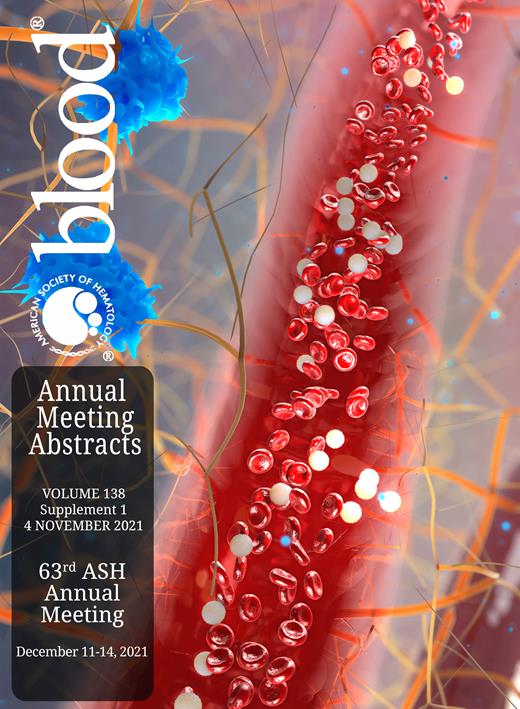Abstract
Background: Multiple myeloma (MM) disease progression is influenced by signals from the bone marrow (BM) microenvironment. Recently, we showed that the MM BM is characterized by inflammatory mesenchymal stromal cells (iMSCs) that transcribe MM survival factors and are predicted to recruit proliferating myeloma cells via CCL2-CCR2 interactions (de Jong et al. Nat Immunol. 2021). iMSCs also transcribed high levels of chemokines that can bind to CXCR1 and 2. Myeloid cells are known to express CXCR1/2, and have been implicated in both pro- and anti-tumor responses in various malignancies. Therefore, we hypothesized that iMSCs attract and influence myeloid populations in the MM BM.
Results: Using flow cytometry, we verified expression of CXCR1/2 on myeloid cell populations in the BM of 5 newly diagnosed MM (NDMM) patients. CD15 + neutrophils were the most dominant population expressing these receptors, as 22.4% (± 9.8%) of cells expressed CXCR2 alone, and 72.6% (± 8.0%) expressed both CXCR1 and CXCR2. CD14 + monocytes only expressed CXCR2 (86.9% ± 15.8%). Importantly, less than 1% of myeloma cells expressed these receptors (n = 17 NDMM).
As these findings suggested neutrophils and monocytes as potential targets of iMSC-mediated chemotaxis, we set out to identify MM-associated alterations in this population by performing single cell RNA sequencing of the full neutrophilic and monocytic lineages (n = 5 NDMM and 2 controls). In line with our flow cytometric data, CXCR1 transcripts were absent in monocytes, while CXCR2 was transcribed by classical monocytes of both myeloma patients and controls. Interestingly, CXCR1 and CXCR2 transcription was increased in mature neutrophils of MM patients compared to controls. Additionally, both mature classical monocytes as well as mature neutrophils of MM patients had an activated transcriptome as defined by increased transcription of C3AR1, SLPI, and IL6R, the plasma cell supportive factor TNFSF13B (encoding BAFF), and the inflammatory cytokines IL1B and IL18. Transcription of IL1B and IL18 can be regulated by pattern-recognition receptors (PRRs) binding damage-associated molecular patterns (DAMPs) resulting from e.g. matrix breakdown. Transcription of PRRs as TLR1, 2 and 4 was increased in mature neutrophils and classical monocytes of MM patients compared to controls. Secretion of IL-1β and IL-18 relies on the cleavage of pro-forms of these cytokines by the inflammasome, a multiprotein complex that is assembled in response to alarmins. Transcription of inflammasome components PYCARD, NLRP3 and CASP1 was increased in mature neutrophils and classical monocytes of patients with MM. Additionally, protein levels of both IL-18 and IL-1β are increased in BM plasma from MM patients, implicating activated neutrophils and monocytes as a potential sources of these cytokines.
Conclusion: In MM, mature neutrophils and classical monocytes are activated and might interact with iMSCs via CXCR1 and/or 2. Moreover, these myeloid cells are inflammasome-primed and are likely to be sources of the increased IL-1β levels in the MM BM. Therefore, myeloid cells and iMSCs may form a feed-forward loop in which myeloid cells contribute to a pro-MM environment by maintaining iMSC and by directly providing BAFF to tumor cells.
Broyl: Celgene/BMS: Consultancy, Honoraria; Sanofi: Consultancy, Honoraria; Amgen: Consultancy, Honoraria; Janssen: Consultancy, Honoraria. Sonneveld: Janssen: Consultancy, Honoraria, Research Funding; Karyopharm: Consultancy, Honoraria, Research Funding; SkylineDx: Honoraria, Research Funding; Amgen: Consultancy, Honoraria, Research Funding; Celgene/BMS: Consultancy, Honoraria, Research Funding; Takeda: Consultancy, Honoraria, Research Funding.

